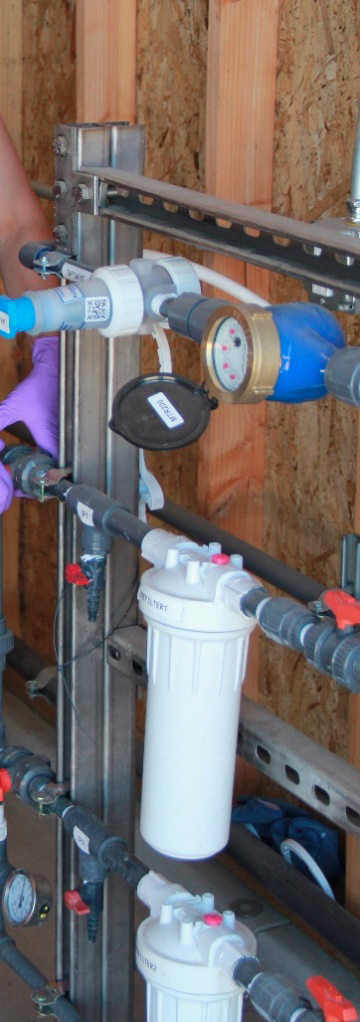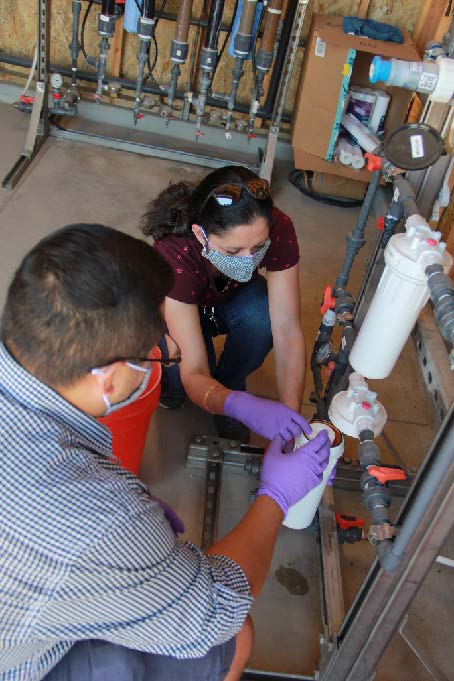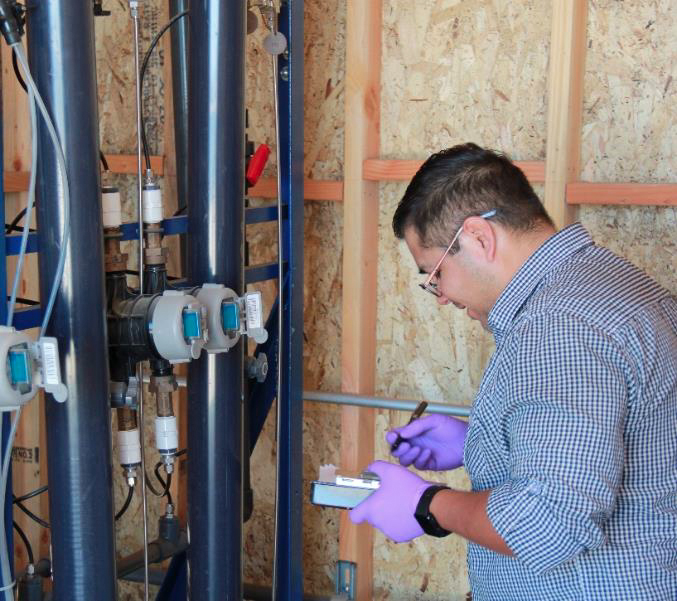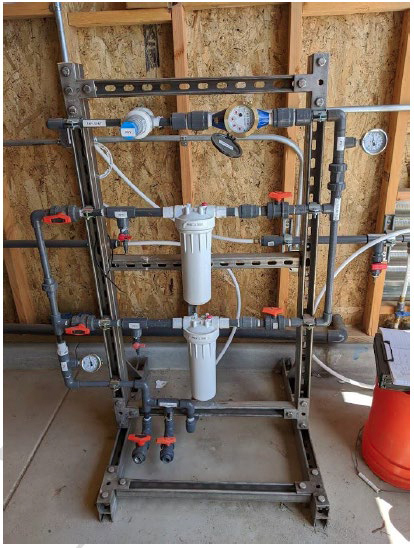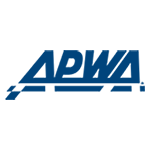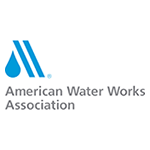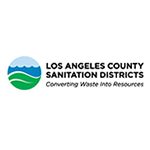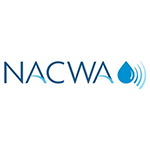- Home
- Contact Us
- News & Events
- Awards
- AAEES Awards Criteria
- 40 Under 40 Recognition Program
- Edward J.Cleary Award
- Excellence in Environmental Engineering and Science Education
- Gordon Maskew Fair Award
- Honorary Member
- International Honorary Member
- Ralph and Joe Bales Graber Science Award
- Stanley E. Kappe Award
- Environmental Communications Awards Competition
- Excellence in Environmental Engineering and Science Competition
- The AAEES Chapter Blue Marble Award
- Resources
- AAEES Microcredentials
- AAEES Press Releases
- AAEES Website How To VIdeos
- Environmental Engineer and Scientist
- Environmental Engineering Body of Knowledge
- PFAS Resources
- Specialty Examination Guide
- Students and Young Professionals Resources
- Who's Who in Environmental Engineering & Science®
- Leadership Opportunities
- Membership
- Donate
- Jobs
2021 Excellence in Environmental Engineering and Science® Awards Competition Winner
Honor Award - ResearchOCWD PFAS Treatment StudyEntrant: Orange County Water District Entrant Profile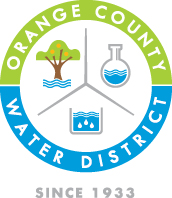 The Orange County Water District (OCWD) manages the Orange County Groundwater Basin underlying North and Central Orange County, which serves as the primary water supply for 19 cities and water districts. Per- and polyfluoroalkyl substances (PFAS) have been detected in the Orange County Groundwater Basin at low nanogram per liter (ng/L) range concentrations. PFAS are chemicals that have been used in a wide range of products and industries since the 1940s. In California, the State Water Resources Control Board (SWRCB) Division of Drinking Water (DDW) has set some of the most stringent PFAS advisories in the country. Because local groundwater used for drinking water supply exceeds the State’s advisory levels for PFAS in certain locations, OCWD initiated a PFAS Treatment Study consisting of both pilot and laboratory testing. OCWD leads and operates the pilot with advisory support from Jacobs Engineering Group, Inc. and Battelle. To OCWD’s knowledge, the pilot is the nation’s largest PFAS adsorptive media pilot test with respect to the number of treatment media that were evaluated (14 media). Key members of the project team include:
Project DescriptionThe Orange County Water District (OCWD) manages the Orange County Groundwater Basin underlying North and Central Orange County, which serves as the primary water supply for 19 cities and water districts, serving 2.5 million residents. In December 2019, OCWD launched a pilot testing program to test treatment techniques in a proactive effort to remove per- and polyfluoroalkyl substances (PFAS) detected in local groundwater supplies. The PFAS pilot project was initiated swiftly due to the critical need to restore the local drinking water supply, as dozens of local drinking water wells were taken out of service due to PFAS. This occurred following a lowering of the state’s drinking water Response Level (RL) advisories for two legacy PFAS chemicals found in water supplies in many parts of California and the nation. The chemicals are perfluorooctanoic acid (PFOA) and perfluorooctane sulfonate (PFOS). As of April 2021, occurrence of these chemicals has impacted 11 local water agencies in Orange County who have removed selected wells from service that provide water for up to 800,000 individuals annually. Despite playing no role in releasing PFAS into the environment, water providers must find ways to remove it from groundwater supplies. OCWD committed to leading this effort while striving to ensure that all state and federal drinking water standards are met. Beyond the immediate engineering scope, key research components of the OCWD PFAS Treatment Study addressed knowledge gaps for treatment of PFAS in water supplies and identified novel adsorbents as having great promise for PFAS treatment. To the project team’s knowledge, the pilot is the nation’s largest PFAS adsorptive media pilot test with respect to the number of treatment media that were evaluated to remove PFAS: 14 media including granular activated carbon (GAC), ion exchange (IX), and alternative (novel) adsorbents (which are not classified as GAC or IX and only recently commercially available). Other project components included laboratory-scale testing of GAC and alternative adsorbents for a range of groundwaters, nanofiltration laboratory-scale testing, lead-lag system modeling to project full- scale treatment system performance, and cost estimating. The purpose was to identify cost- effective treatment technologies to restore local groundwater quality and meet drinking water regulatory requirements. OCWD owns and operates 21 spreading basins and approximately 6 miles of the Santa Ana River channel near OCWD’s Field Headquarters (FHQ) in Anaheim, CA. The basins and riverbed are used to recharge water into the Orange County Groundwater Basin. One of the basins is Warner Basin, located adjacent to FHQ. The pilot testing facility and OCWD-owned non-potable well used to supply water to the pilot are located adjacent to Warner Basin. While most adsorptive media pilots are typically limited to two to four different media, OCWD elected to increase the scope of the media testing to 14 due to the number of potential media identified and the project team’s interest in casting a wide net to identify the best and most cost-effective media for Orange County groundwater. The pilot testing, completed in February 2021, demonstrated that all adsorbents evaluated can successfully remove PFAS to meet California drinking water advisories. (Please see enclosed PFAS Phase I Pilot-Scale Treatment Study Final Report). This work along with complimentary laboratory testing of several local groundwaters from the Orange County Groundwater Basin has supported individual water retailer treatment system design which considers not only media performance and water retailer preference, but also site-specific considerations and budget. Testing a range of adsorbents proved useful for identifying suitable media, since within each media category (GAC, IX, and alternative adsorbents), certain products emerged as superior. Adsorbent performance varied dramatically, which can translate into significant annual operation and maintenance (O&M) cost savings due to reduced frequency of media replacements. OCWD is initiating a Phase II PFAS Pilot-Scale Treatment Study to continue identifying promising adsorbents for wellhead treatment systems, and to serve as an ongoing research program. New adsorbents are being introduced into the market for PFAS including by start-up companies that need a testbed utility partner; these media could be compatible with the vessels OCWD procured for water retailer treatment sites. Thus, while media piloted in Phase I will be utilized near-term, other adsorbents could be considered for future media procurements if they are more cost-effective and/or exhibit superior performance. While the treatment study has helped retail water agencies in Orange County determine the most appropriate adsorbent technologies available to them, in parallel OCWD is designing and/ or constructing PFAS treatment plants for 10 retail water agencies in its service area, with the goal of getting plants online within one to two years. Media selected for these facilities will be from those demonstrated in the treatment study. OCWD has committed to fund 100% of design and construction costs and 50% of O&M costs of the PFAS treatment facilities. The effort to address PFAS in the OCWD service area is highly time sensitive. In response to the new California drinking water advisories, the actions by Orange County water agencies to take drinking water wells in North and Central Orange County out of service in 2020 temporarily resulted in increased reliance on costlier treated surface water supplies imported from Northern California and the Colorado River. The cost of purchasing imported water may place a burden on ratepayers of up to $20 per month. Additional wells are likely to be taken offline as testing is expanded. This loss of wells will impose unbudgeted costs on retail water agencies in OCWD’s service area that depend on groundwater for 77% of their supply. Agencies are then faced with purchasing more costly imported surface water to replace PFAS contaminated supplies until treatment facilities are installed. Local water suppliers can rely on increased imported supplies in the near-term, but OCWD and its water retailer partners are working quickly to implement new PFAS treatment systems using information from the described study and research. Effective PFAS treatment will allow the local groundwater to once again be used as the most cost-effective, reliable source of drinking water to meet the needs of the 2.5 million people served. Click images to enlarge in separate window. Click here to return to the list of 2021 winners. |



